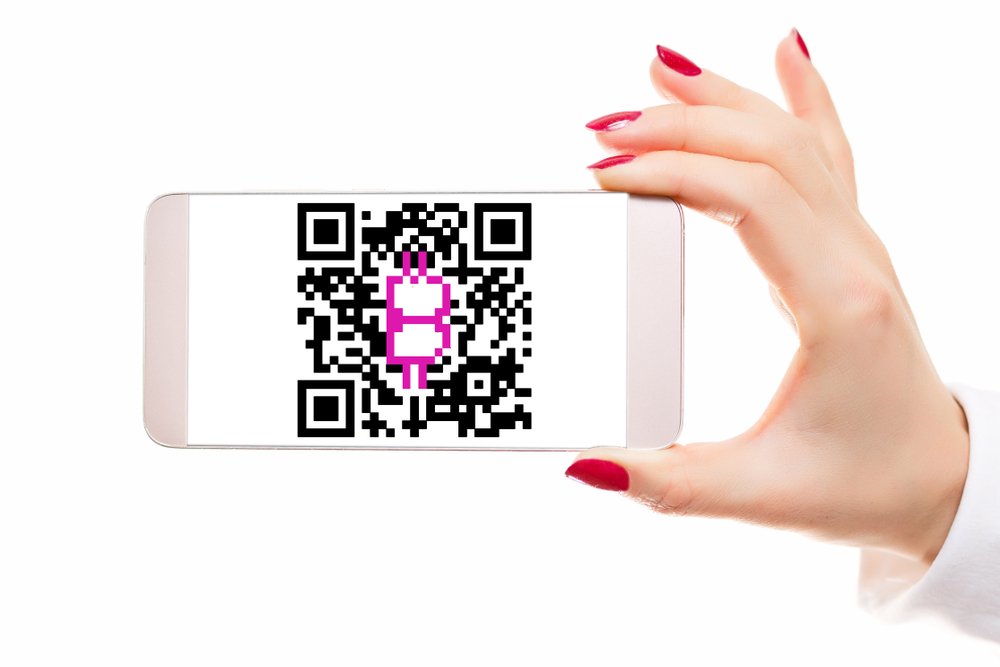How Can Tableside Ordering Help Your Restaurant?
If you are keen to amp up customer engagement and improve the dining experience post covid-19, then look no further than table ordering technology. This technology is not something new. Over the last decade, it has taken the industry by storm and has modified a lot of the business’ core operations. But now table ordering is getting more advanced with customers being able to use their own device to place the order, no need for the likes of ordering kiosks. This kind of technology is one of these small changes that can have a huge impact on your business, particularly in the current climate. This article will answer the question of how tableside ordering can help your restaurant. So, sit back and relax while you learn a bit more about what this tech has to offer.
Tableside Ordering Increases The Speed Of Your Service & Helps You To Turn Tables Over Quicker
Reducing dining time can help restaurants to get more customers in and out of their doors. The quicker that staff can turn tables, the more diners they will serve. In addition, the more revenue your restaurant will earn. Staff will save a huge amount of time by not having to take every single order.
Tableside Ordering Leads To Less Order Errors
This kind of technology does not only speed up service, it also improves the accuracy of orders. When a diner places an order themselves on their own device, the chance of servers making mistakes is much lower.
Tableside Ordering Means Better Customer Experience
The diner experience can make or break a restaurant. This is why it is so crucial to provide nothing less than a phenomenal service. If customers can order and pay on their smartphones, staff can spend more time with diners. This ensures a higher level of both service and satisfaction.
Tableside Ordering Means Higher Security
Credit card fraud is a big concern for both restaurants and diners. The good news is tableside ordering ultimately eliminates this because a customer’s credit card will never leave their sides or the safety of their hands. And both customer and restaurant know that the card payment is going through a secure payment process.
Reduce Printing
Whether your diners decide to pay with cash or credit card, not all of them will want a paper receipt. By using this kind of technology, you will cut back on your paper waste.. The same goes for paper menus as with tableside ordering, the diner can view the menu on their phone, saving you the cost of printing.
Better Tips For Your Staff
Many restaurant diners know how much they should tip staff. However, not all of them are great at maths. With a tableside payments device, customers can view the percentage of the tip and the euro amount. With these in front of their eyes, diners are more likely to leave better tips.
You Can Collect More Data
Finally, do not forget about data. Whether it is big or small data, it all has meaning and value to your restaurant. Using this technology gives you more insight into your diner’s purchasing behaviours. From there, you can use this information to fine-tune your loyalty programs and come up with other personalised marketing materials to help you to drive sales.
Conclusion
There you are, what a tableside ordering system can do for your restaurant. Now that you have seen the benefits for yourself, you can decide what you want to do. However, remember that in this current post covid-19 climate, this kind of technology could help you beyond the benefits mentioned. This is because customers are probably going to be anxious about visiting your restaurant and you need to prioritise the safety of them and your staff. This technology can easily help with those worries. This is because it offers an entirely contactless experience and is in line with government recommendations. Want to hear more? Check out our tableside ordering app called DinePay at Dinepay.com or get in touch with us!


